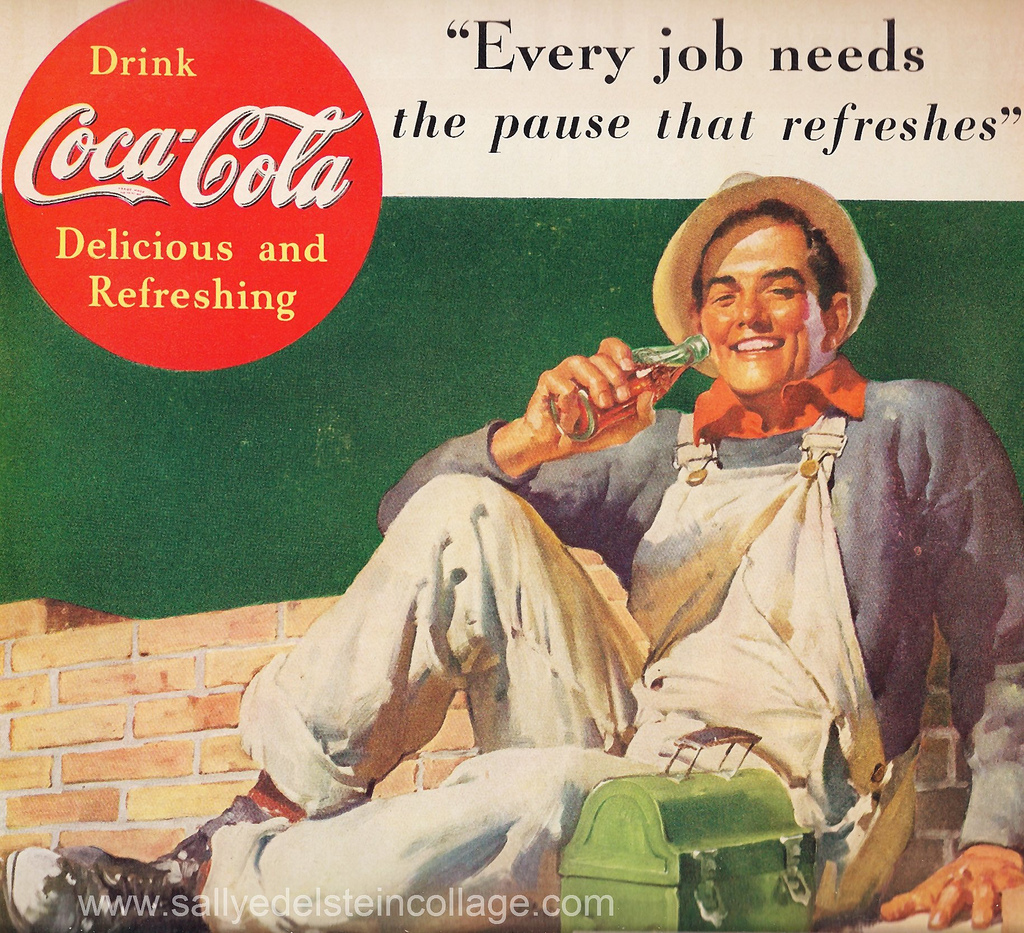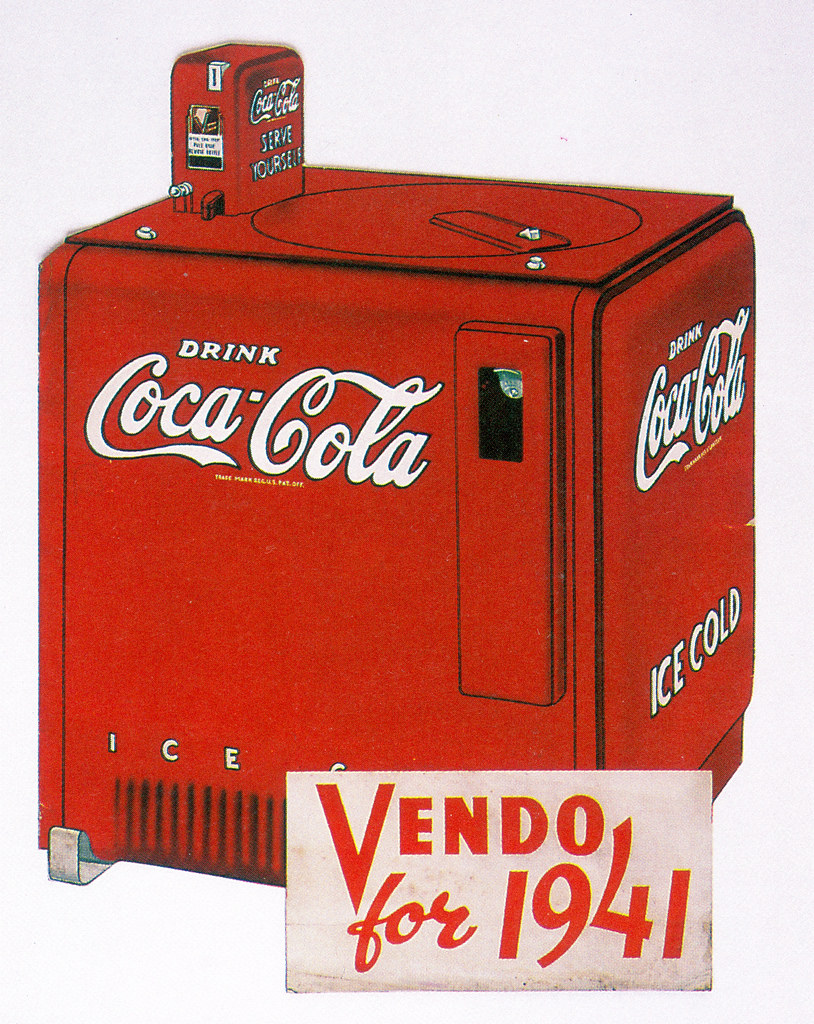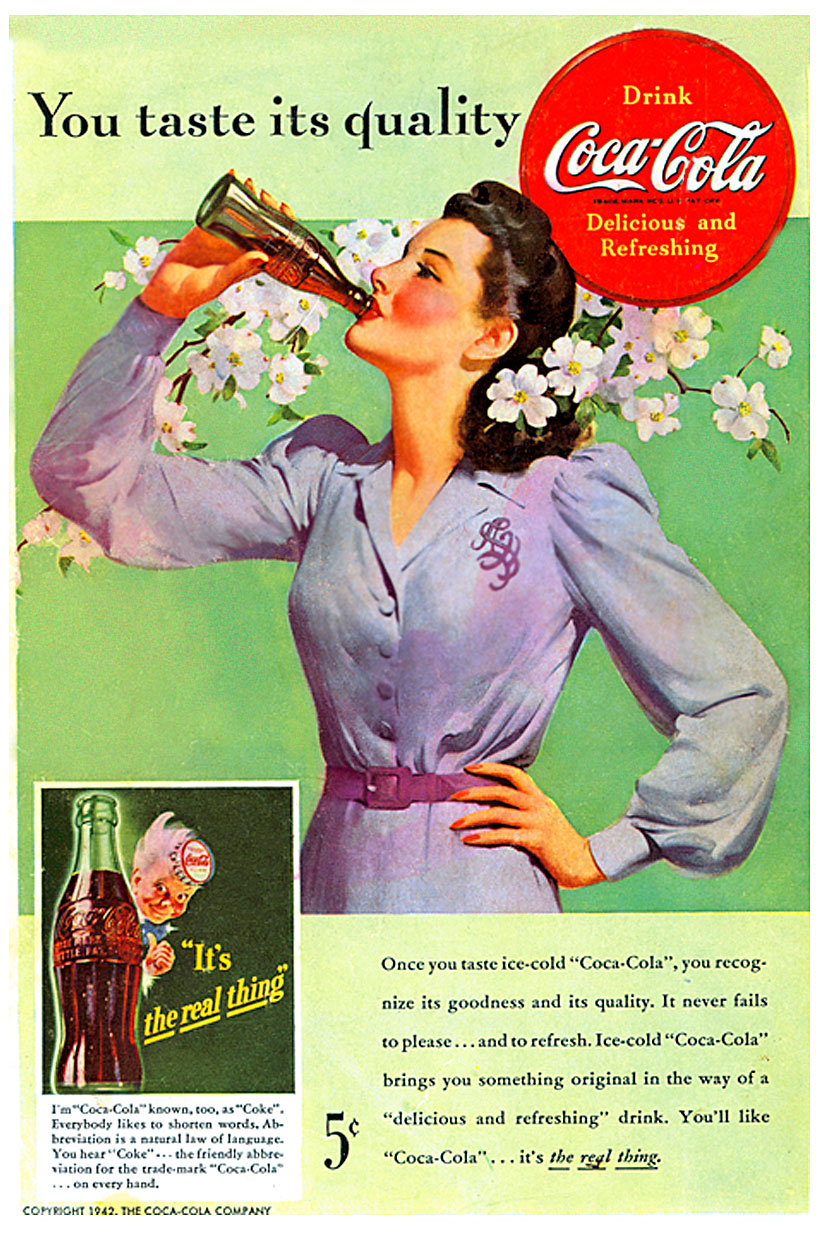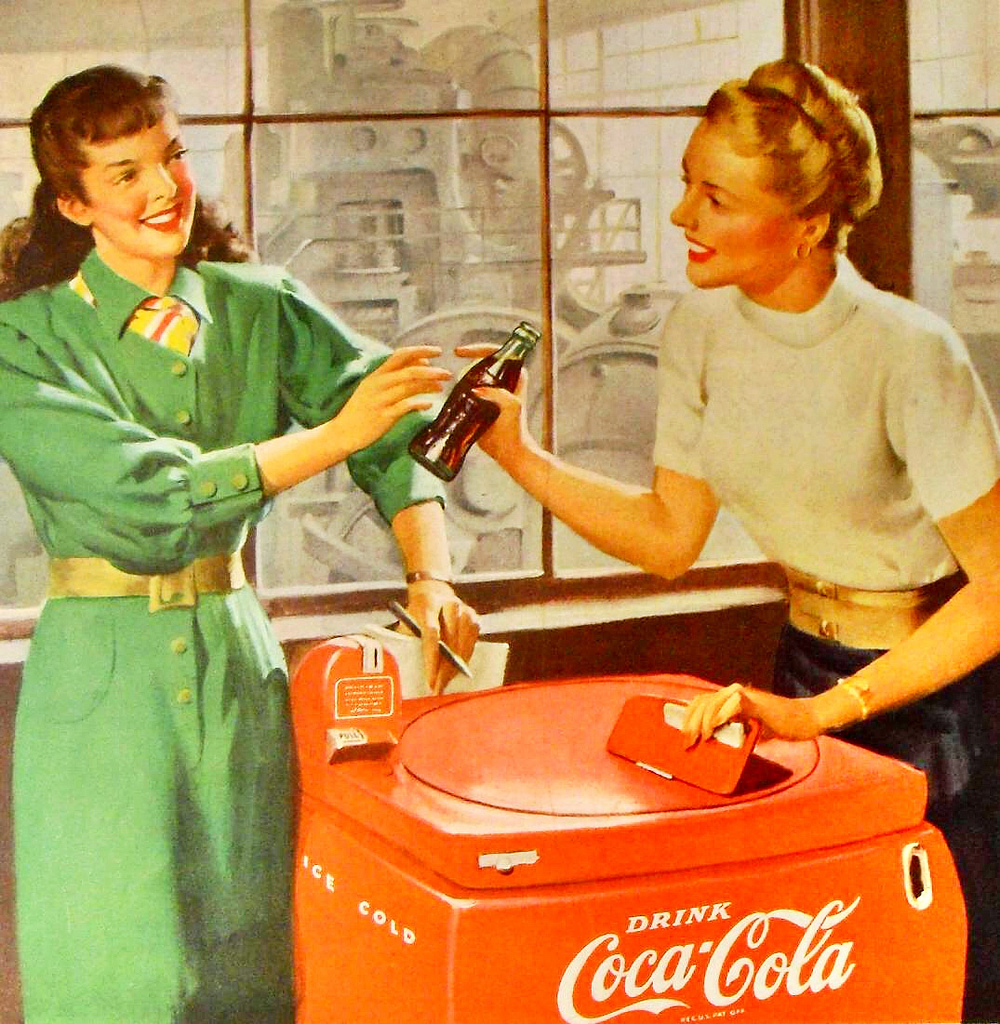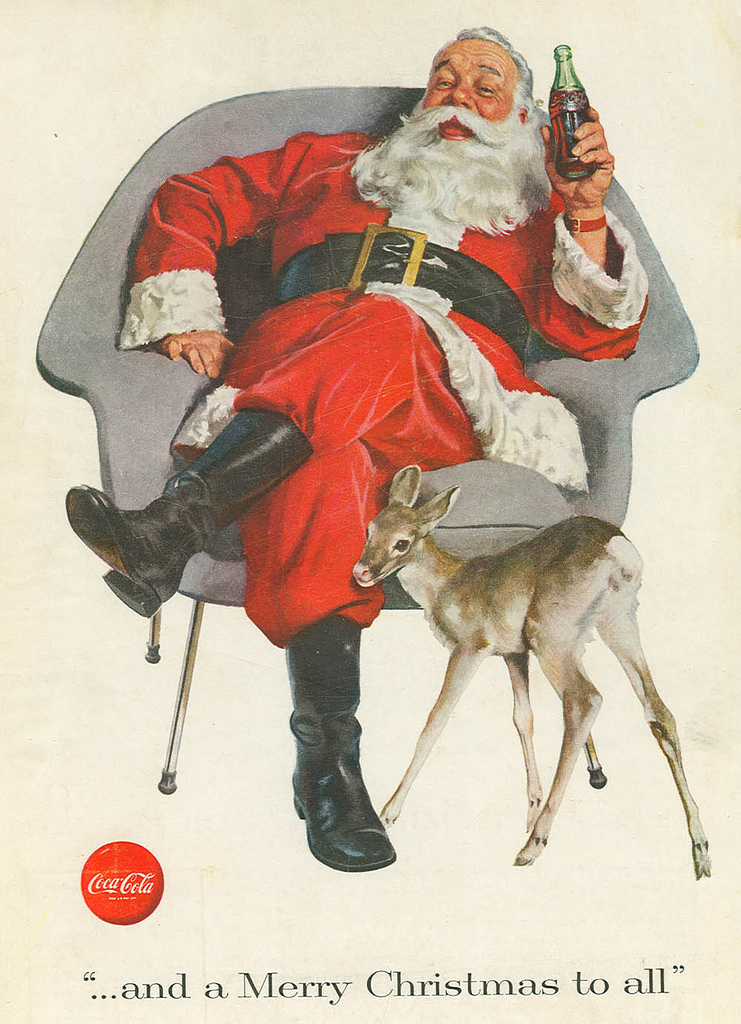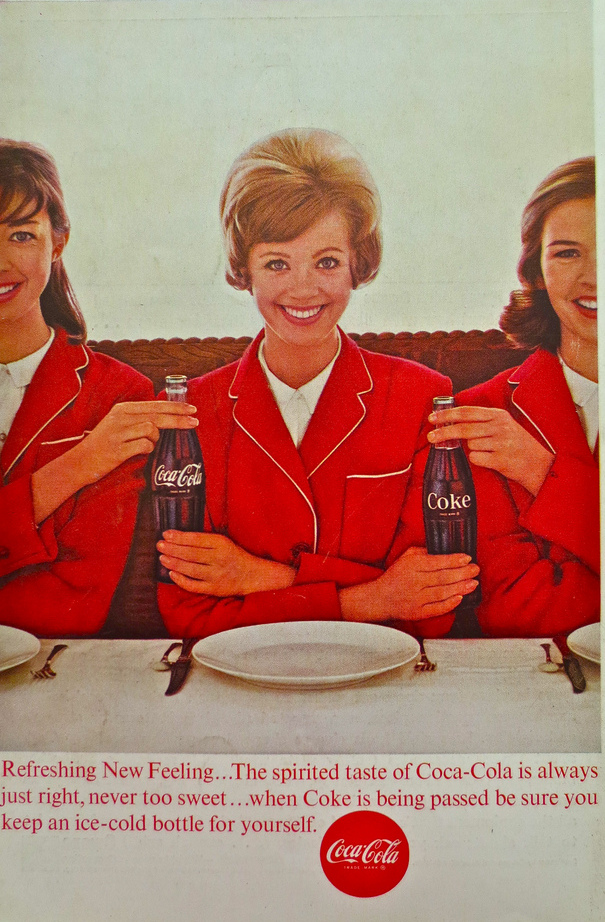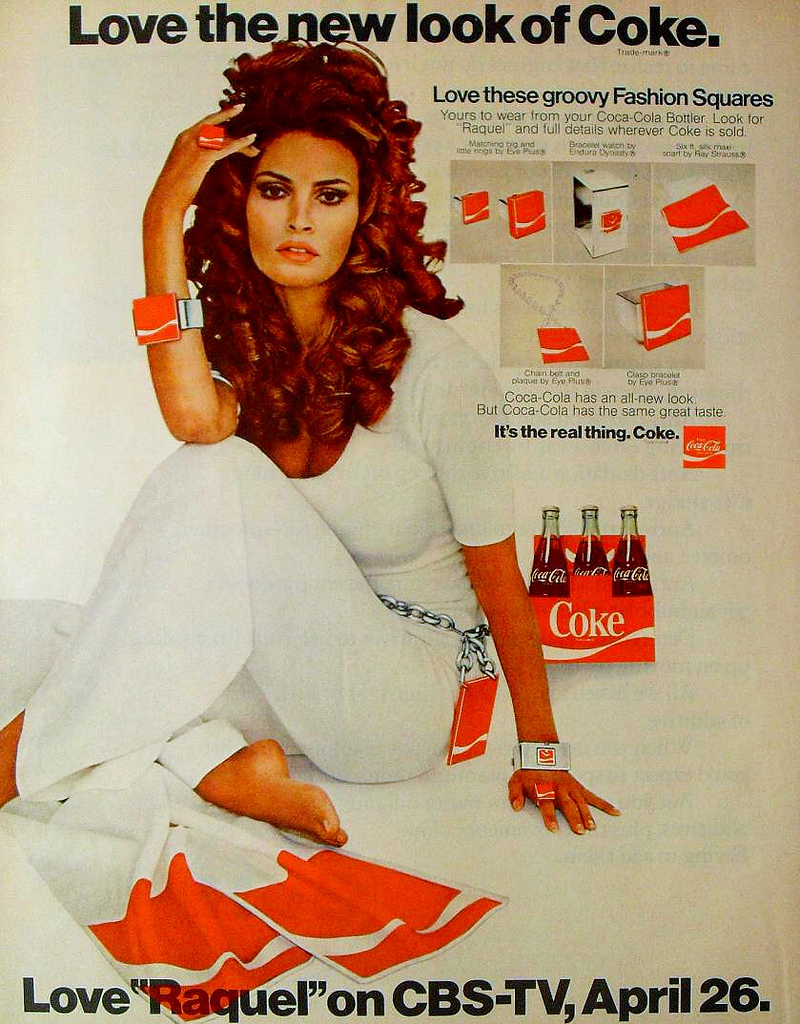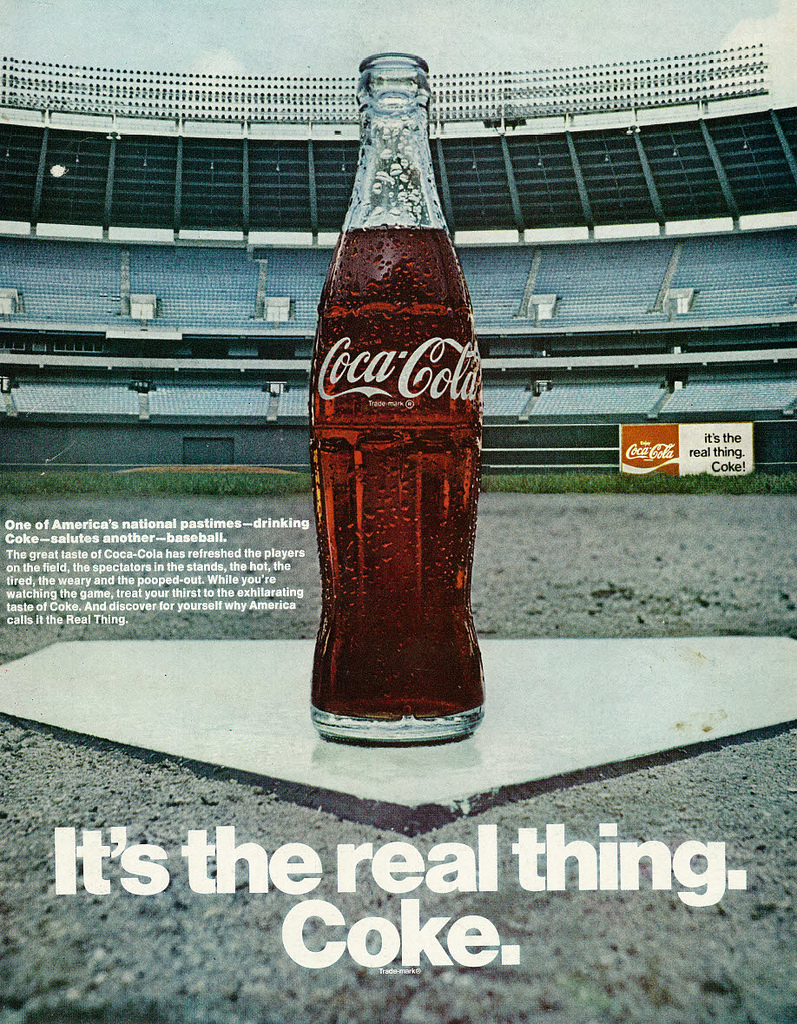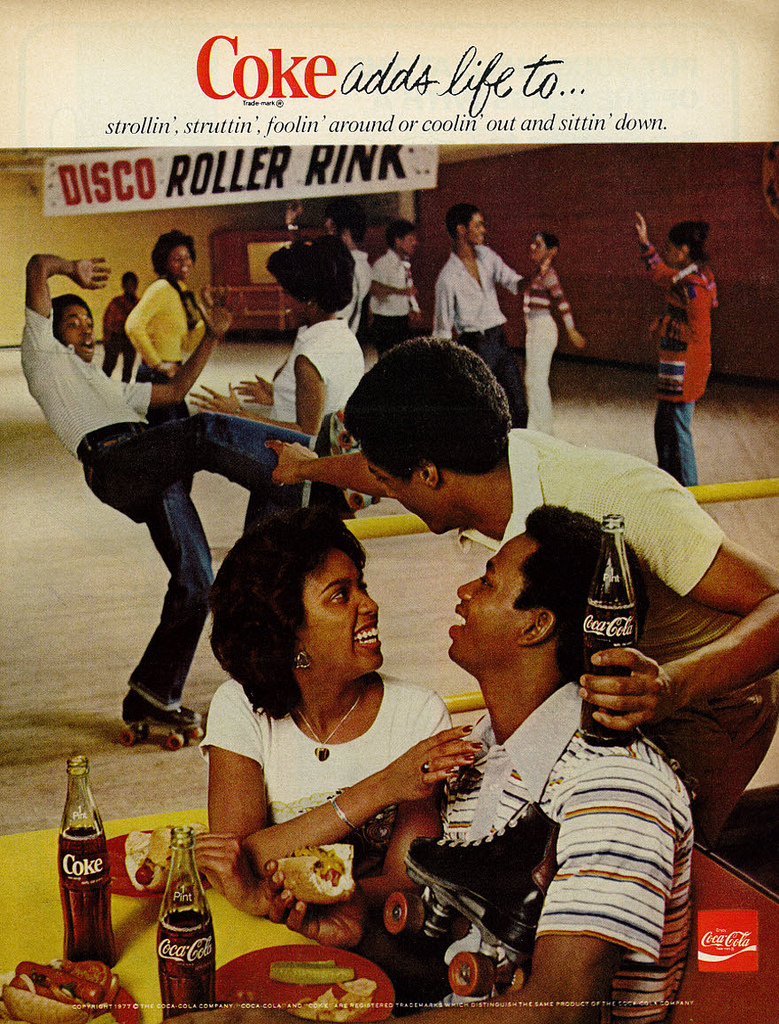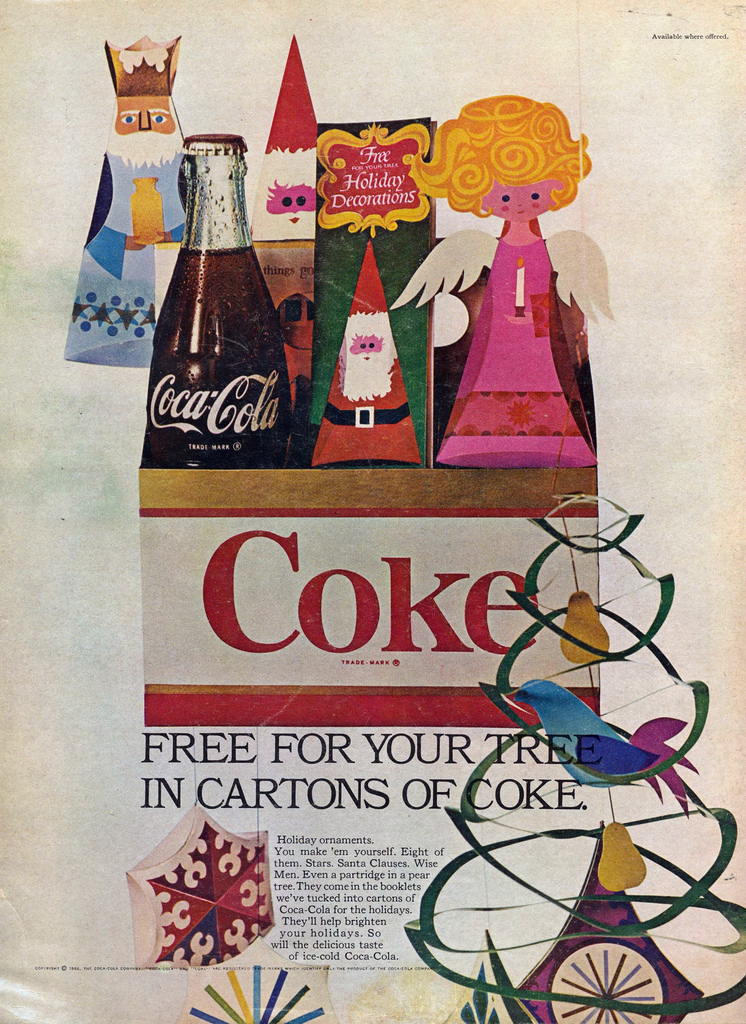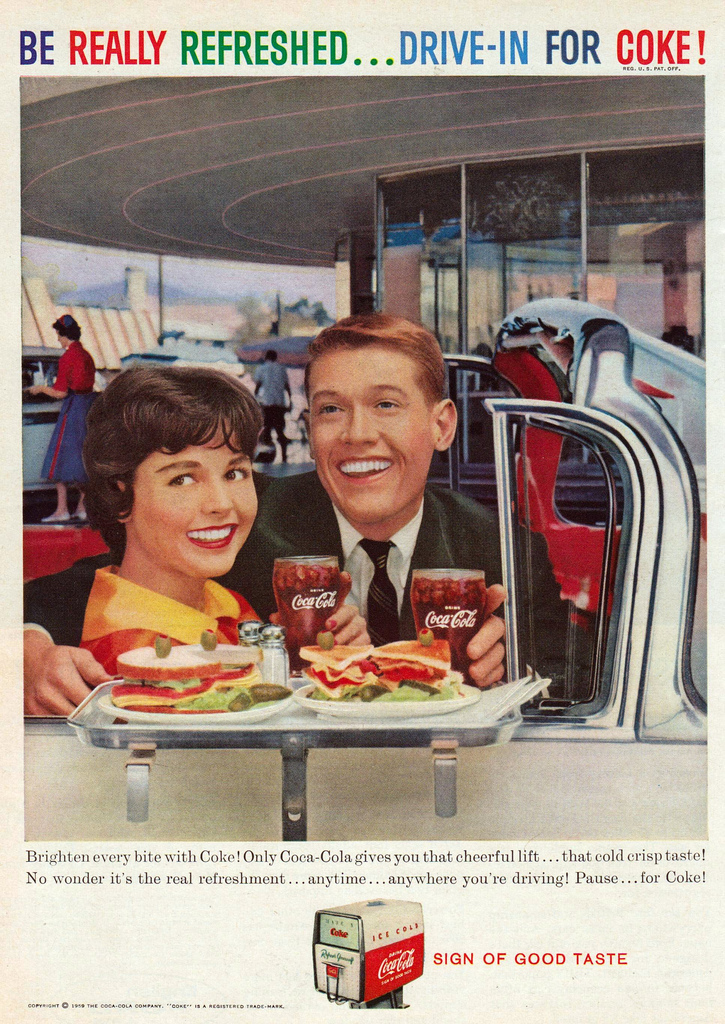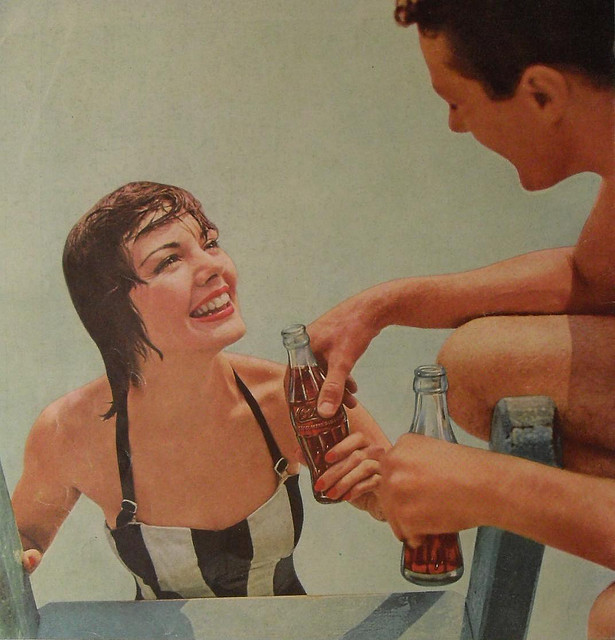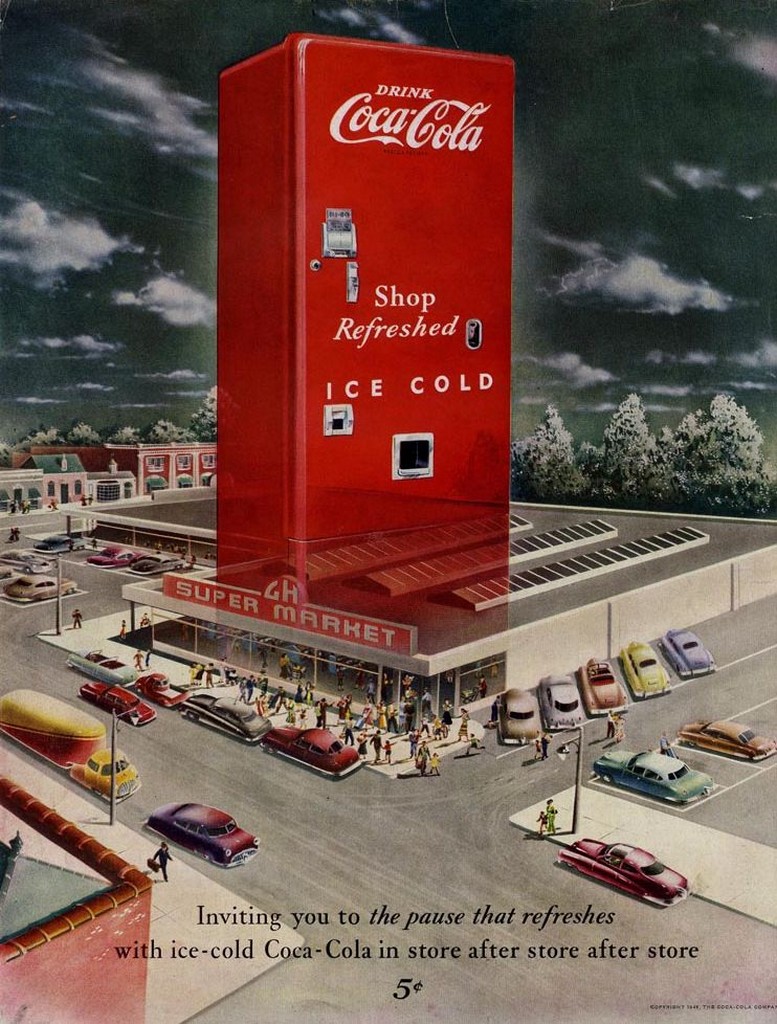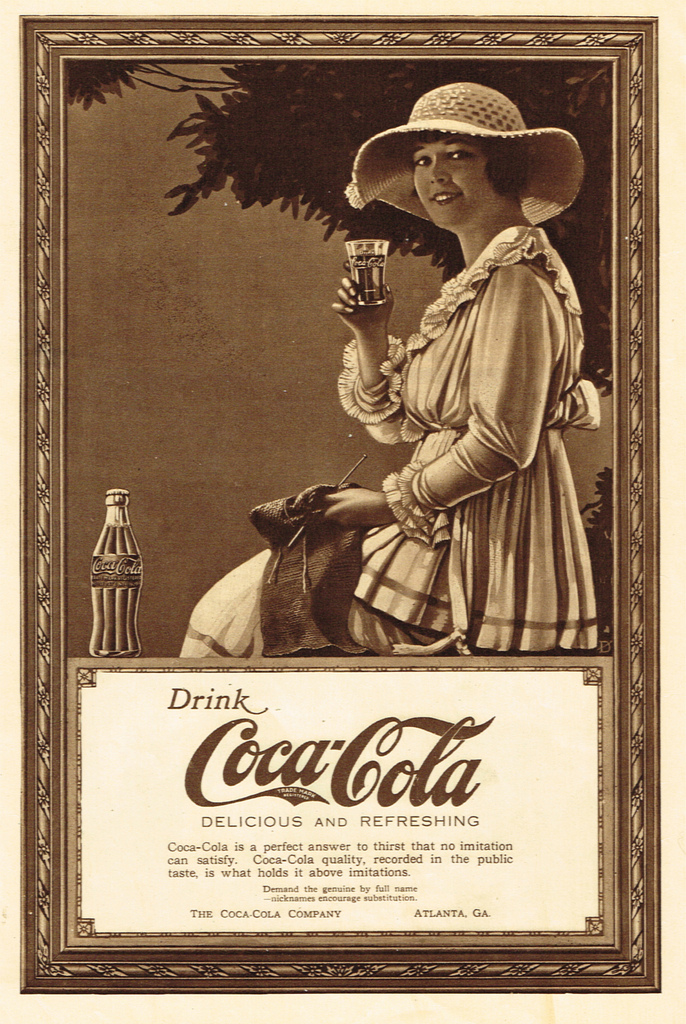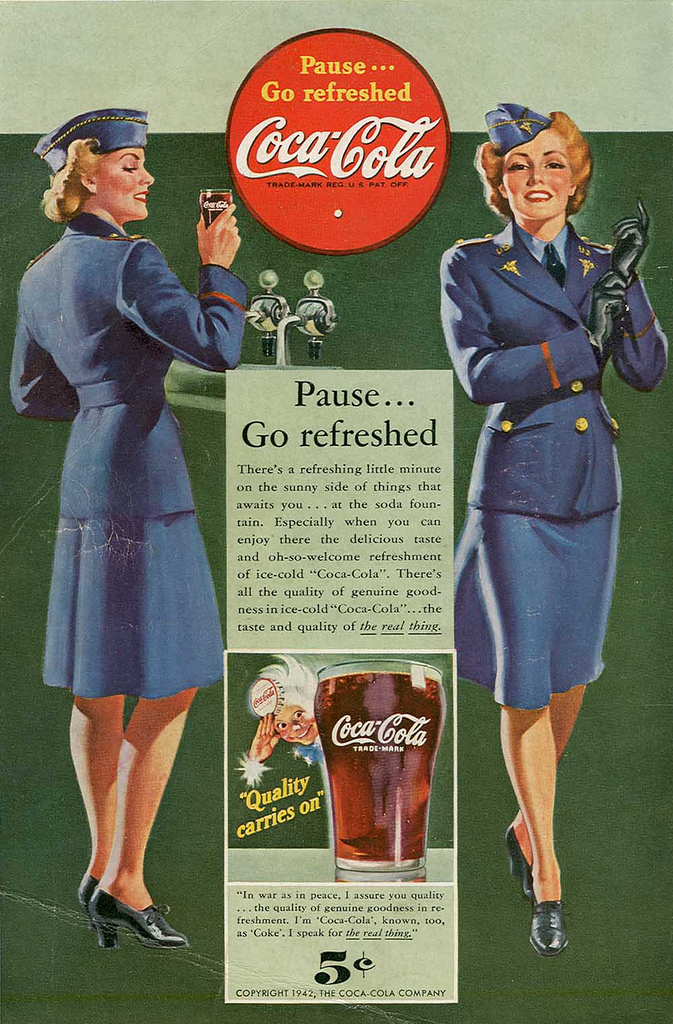In this collection, you can travel in time and go through vintage photos of Coca-Cola delivery trucks and advertisements. Originally marketed as a temperance drink and intended as a patent medicine, it was invented in the late 19th century by John Stith Pemberton in Atlanta, Georgia. In 1888, Pemberton sold Coca-Cola’s ownership rights to Asa Griggs Candler, a businessman, whose marketing tactics led Coca-Cola to its dominance of the global soft-drink market throughout the 20th and 21st century. The drink’s name refers to two of its original ingredients: coca leaves and kola nuts (a source of caffeine). The current formula of Coca-Cola remains a closely guarded trade secret; however, a variety of reported recipes and experimental recreations have been published. Coca-Cola’s advertising has significantly affected American culture, and it is frequently credited with inventing the modern image of Santa Claus as an old man in a red-and-white suit. Although the company did start using the red-and-white Santa image in the 1930s, with its winter advertising campaigns illustrated by Haddon Sundblom, the motif was already common. Coca-Cola was not even the first soft drink company to use the modern image of Santa Claus in its advertising: White Rock Beverages used Santa in advertisements for its ginger ale in 1923, after first using him to sell mineral water in 1915. Before Santa Claus, Coca-Cola relied on images of smartly dressed young women to sell its beverages. Coca-Cola’s first such advertisement appeared in 1895, featuring the young Bostonian actress Hilda Clark as its spokeswoman. The year 1941 saw the first use of the nickname “Coke” as an official trademark for the product, with a series of advertisements informing consumers that “Coke means Coca-Cola”. In 1971, a song from a Coca-Cola commercial called “I’d Like to Teach the World to Sing”, produced by Billy Davis, became a hit single. During the 1950s the term cola wars emerged, describing the on-going battle between Coca-Cola and Pepsi for supremacy in the soft drink industry. Coca-Cola and Pepsi were competing with new products, global expansion, US marketing initiatives, and sport sponsorships. Coke’s advertising is pervasive, as one of Woodruff’s stated goals was to ensure that everyone on Earth drank Coca-Cola as their preferred beverage. This is especially true in southern areas of the United States, such as Atlanta, where Coke was born. Some Coca-Cola television commercials between 1960 through 1986 were written and produced by former Atlanta radio veteran Don Naylor during his career as a producer for the McCann Erickson advertising agency. Many of these early television commercials for Coca-Cola featured movie stars, sports heroes, and popular singers. During the 1980s, Pepsi ran a series of television advertisements showing people participating in taste tests demonstrating that, according to the commercials, “fifty percent of the participants who said they preferred Coke actually chose the Pepsi.” Coca-Cola ran ads to combat Pepsi’s ads in an incident sometimes referred to as the cola wars; one of Coke’s ads compared the so-called Pepsi challenge to two chimpanzees deciding which tennis ball was furrier. Thereafter, Coca-Cola regained its leadership in the market. The Coca-Cola logo was created by John Pemberton’s bookkeeper, Frank Mason Robinson, in 1885. Robinson came up with the name and chose the logo’s distinctive cursive script. The writing style used, known as Spencerian script, was developed in the mid-19th century and was the dominant form of formal handwriting in the United States during that period. Robinson also played a significant role in early Coca-Cola advertising. His promotional suggestions to Pemberton included giving away thousands of free drink coupons and plastering the city of Atlanta with publicity banners and streetcar signs. The Coca-Cola bottle, called the “contour bottle” within the company, was created by bottle designer Earl R. Dean and Coca-Cola’s general counsel, Harold Hirsch. In 1915, the Coca-Cola Company was represented by their general counsel to launch a competition among its bottle suppliers as well as any competition entrants to create a new bottle for their beverage that would distinguish it from other beverage bottles, “a bottle which a person could recognize even if they felt it in the dark, and so shaped that, even if broken, a person could tell at a glance what it was.” Chapman J. Root, president of The Root Glass Company of Terre Haute, Indiana, turned the project over to members of his supervisory staff, including company auditor T. Clyde Edwards, plant superintendent Alexander Samuelsson, and Earl R. Dean, bottle designer and supervisor of the bottle molding room. Root and his subordinates decided to base the bottle’s design on one of the soda’s two ingredients, the coca leaf or the kola nut, but were unaware of what either ingredient looked like. Dean and Edwards went to the Emeline Fairbanks Memorial Library and were unable to find any information about coca or kola. Instead, Dean was inspired by a picture of the gourd-shaped cocoa pod in the Encyclopædia Britannica. Dean made a rough sketch of the pod and returned to the plant to show Root. He explained to Root how he could transform the shape of the pod into a bottle. Root gave Dean his approval. Faced with the upcoming scheduled maintenance of the mold-making machinery, over the next 24 hours Dean sketched out a concept drawing which was approved by Root the next morning. Chapman Root approved the prototype bottle and a design patent was issued on the bottle in November 1915. The prototype never made it to production since its middle diameter was larger than its base, making it unstable on conveyor belts. Dean resolved this issue by decreasing the bottle’s middle diameter. During the 1916 bottler’s convention, Dean’s contour bottle was chosen over other entries and was on the market the same year. By 1920, the contour bottle became the standard for the Coca-Cola Company. A revised version was also patented in 1923. Because the Patent Office releases the Patent Gazette on Tuesday, the bottle was patented on December 25, 1923, and was nicknamed the “Christmas bottle.” Today, the contour Coca-Cola bottle is one of the most recognized packages on the planet.
(Photo credit: The Coca-Cola Company / Wikimedia Commons / Flickr / Pinterest ). Notify me of new posts by email.
Δ Subscribe
.jpg)
.jpg)
.jpg)
.jpg)
.jpg)
.jpg)
.jpg)
.jpg)
.jpg)
.jpg)
.jpg)
.jpg)
.jpg)
.jpg)
.jpg)
.jpg)
.jpg)
.jpg)
.jpg)
.jpg)
.jpg)
